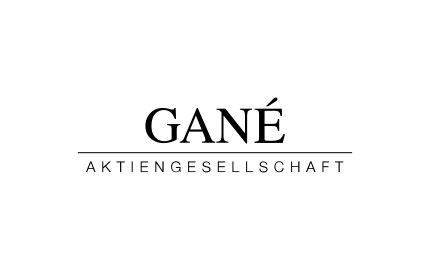Global equity markets have shown impressive strength over the past months, with surprisingly low volatility. One of the longest trading periods without a 5 percent daily drawdown ended on 5th of August 2024. When the stock market opened, the Nasdaq lost 900 points or more than five percentage points. The Japanese TOPIX lost 20 percentage points in just three trading days. The “stock market barometer of fear”, the VIX volatility index, skyrocketed to levels last seen during the 2008 financial crisis, the European sovereign debt crisis in 2011 and the coronavirus crisis in 2020.
How could such a rapid and aggressive correction occur after such a long time without any serious setbacks? The US labour market report for July was weaker than expected. A rise in the US unemployment rate to 4.3 percent exceeded market expectations and brought back fears of a recession in the US. As the US Fed has not yet been able to fulfil the hopes of many market participants for interest rate cuts this year, fears of a central bank acting too late “behind the curve” have spread. In addition, an interest rate hike in Japan and the Bank of Japan’s surprise announcement of a potentially steady rise in interest rates led to a rapid appreciation of the Japanese Yen. Low Japanese interest rates were used in the past for investment loans, so the sharp appreciation of the currency led to a rapid liquidation of speculative equity positions. Furthermore, mixed quarterly results contributed to a certain disillusionment regarding the expected AI-driven profit boost from technology companies.
A lively debate quickly broke out among leading economists as to whether the current situation could lead to a global recession and potentially even to emergency interest rate cuts by the US Federal Reserve. While the current labour market data in its breadth argues against a sharp downturn in the global economy, GANÉ nevertheless continues to focus on shares of companies that benefit from low capital intensity, low debt and a high degree of security in the expected cash surpluses.
Irrespective of a possible recession in the USA, the most important national economy as a global indicator, it is already apparent that increased financing costs are leading to a rapid increase in corporate bankruptcies in individual countries, as we expected. Take Germany, for example: according to a study by the Leibniz Institute for Economic Research in Halle (IHW), the number of insolvencies is currently around 45 per cent higher than the average for the years before the coronavirus pandemic (2016-2019). Many companies are literally collapsing under the burden of higher refinancing costs. The wave of bankruptcies has started. We assume that more companies, particularly in the European high-risk high-yield segment, will be forced out of business. In the fixed-income segment, we are therefore continuing to focus on short-term government and corporate bonds with very good credit ratings and liquidity, especially as risk spreads remain disproportionately low.
Author:

